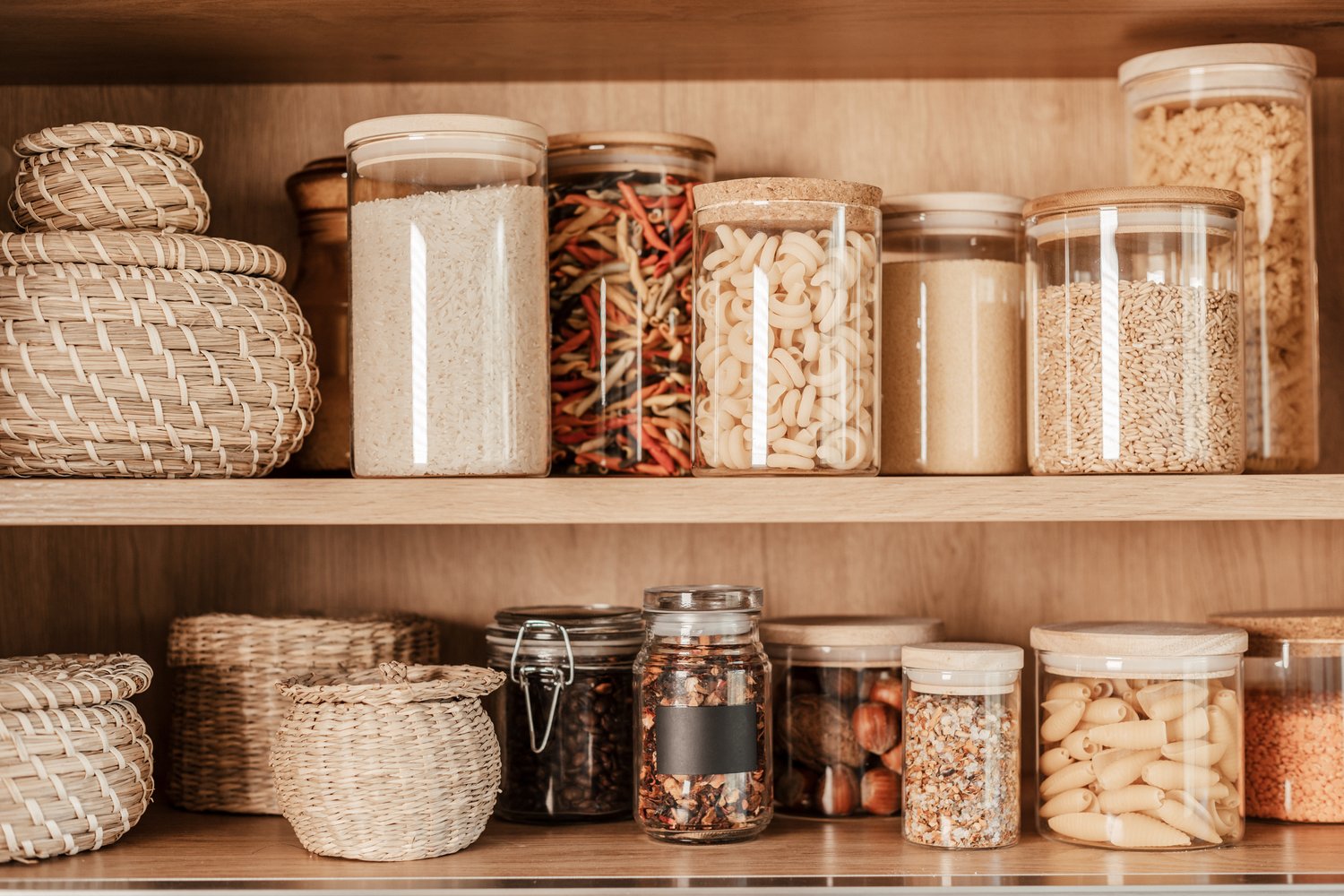Embracing sustainable living at home doesn’t require a complete lifestyle overhaul or expensive renovations. By incorporating simple, eco-friendly home practices into your daily routine, you can significantly reduce your environmental impact while often saving money in the process. This article explores practical green lifestyle tips that anyone can implement, from energy and water conservation to waste reduction and mindful consumption. These accessible changes can help you reduce your carbon footprint at home while creating a healthier living environment for you and your family.
Energy Conservation Essentials
One of the most effective ways to practice sustainable living at home is through mindful energy usage. Start by swapping traditional incandescent bulbs for LED alternatives, which use up to 75% less energy and last 25 times longer. Beyond lighting, be vigilant about unplugging electronics and appliances when not in use, as they continue drawing “phantom power” even in standby mode. Consider installing a programmable thermostat to automatically adjust temperatures when you’re asleep or away, potentially saving 10% annually on heating and cooling costs.
Weather-stripping doors and windows is another simple yet effective eco-friendly home practice that prevents air leakage and reduces the energy needed to maintain comfortable temperatures. When purchasing new appliances, prioritize those with high energy efficiency ratings. These initial investments in energy conservation not only support green lifestyle goals but also generate substantial long-term savings on utility bills while reducing your carbon footprint at home.
Water Wisdom: Conservation Techniques
Water conservation represents another crucial aspect of sustainable living at home. Installing low-flow showerheads and faucet aerators can reduce water usage by up to 50% without sacrificing water pressure. Fix leaky faucets promptly—a dripping tap can waste up to 3,000 gallons annually. Consider collecting rainwater in barrels for garden irrigation, a practice that both conserves treated water and provides plants with natural, chemical-free hydration.
In the bathroom, try the simple trick of placing a filled water bottle in your toilet tank to displace water and reduce the amount used per flush. When landscaping, choose native plants adapted to your local climate that require minimal supplemental watering once established. These water-conscious approaches to eco-friendly home practices protect a precious resource while simultaneously lowering your water bills and environmental impact.
Waste Reduction Strategies
Minimizing waste forms a cornerstone of sustainable living at home. Begin by implementing a comprehensive recycling system that makes sorting materials intuitive for household members. Beyond recycling, embrace composting to divert food scraps and yard waste from landfills while creating nutrient-rich soil for your garden. According to resources from AskHomey, approximately 30% of household waste consists of compostable materials that could be repurposed rather than discarded.
Reduce single-use plastics by keeping reusable shopping bags, water bottles, and food containers readily accessible. When shopping, choose products with minimal or recyclable packaging. Consider adopting a “one in, one out” policy for household items to prevent accumulation of seldom-used possessions. Repair items when possible instead of replacing them, extending product lifespans and keeping functional goods out of landfills. These waste reduction strategies significantly lighten your environmental footprint while creating a more organized, intentional home environment.
Sustainable Food Practices
The food choices we make profoundly impact our carbon footprint at home. Start a small herb garden or vegetable plot, even in containers if space is limited. Home-grown produce eliminates packaging waste and transportation emissions while providing the freshest possible ingredients. When shopping, prioritize locally grown, seasonal foods that haven’t traveled thousands of miles to reach your plate.
Plan meals strategically to minimize food waste, using leftovers creatively and freezing excess portions. Consider reducing meat consumption, as meat production generates significantly higher greenhouse gas emissions than plant-based alternatives. When purchasing animal products, look for sustainable options from local, ethical producers. These food-related green lifestyle tips not only benefit the environment but also promote healthier eating habits and support local agricultural communities.
Eco-Friendly Cleaning and Maintenance
Conventional cleaning products often contain harsh chemicals that can harm both environmental and human health. Create simple, effective cleaning solutions using common household ingredients like vinegar, baking soda, and lemon juice. These natural alternatives clean effectively while eliminating toxins and reducing plastic packaging waste associated with commercial products.
For home maintenance, choose low-VOC (volatile organic compound) paints and finishes to improve indoor air quality. When replacing appliances or fixtures, research options made with sustainable materials and manufacturing processes. Regular maintenance of existing systems—like HVAC cleaning and filter replacement—optimizes efficiency while extending equipment lifespan. These eco-friendly home practices create a healthier living environment while reducing the resources needed for premature replacements.
Mindful Consumption Habits
Perhaps the most powerful green lifestyle tip is simply to consume less. Before making purchases, ask whether the item is truly necessary, whether it could be borrowed or rented instead, and whether a high-quality, durable option might provide better long-term value. Research brands committed to sustainable practices and transparent supply chains. Consider second-hand options for furniture, clothing, and household goods, extending product lifecycles while often discovering unique, character-filled pieces.
When new purchases are necessary, invest in quality items designed to last, even if they cost more initially. The environmental impact of manufacturing one durable product is far less than producing multiple disposable alternatives. By approaching consumption mindfully, you naturally reduce waste, conserve resources, and create a home filled with intentionally chosen items that genuinely enhance your life.
For more tips and to connect with reliable home service professionals, follow AskHomey on Facebook and Instagram.



